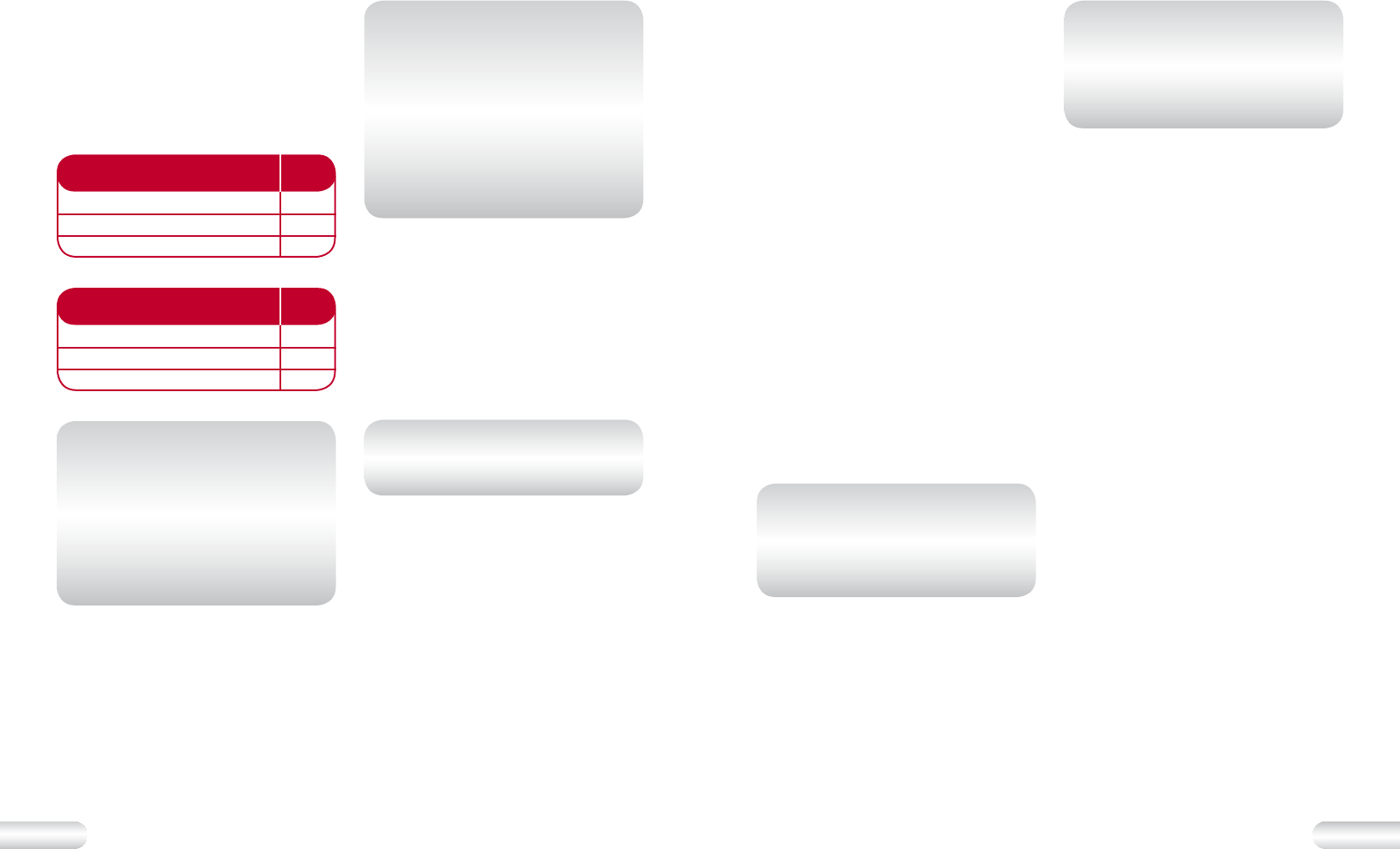
14 15
Baking bread is in part a science and
each ingredient plays an important
role. Care should be taken when
weighing and measuring ingredients
to ensure accuracy and consistency.
Recipes in this Instruction Book were
developed using Australian Metric
Weights and Measurements.
Australian Metric Measurements mls
1 teaspoon
1 tablespoon
1 cup
5
20
250
NZ Metric Measurements mls
1 teaspoon
1 tablespoon
1 cup
5
15
250
NOTE: The New Zealand
tablespoon is 5ml less than the
Australian tablespoon, so care
should be taken when measuring
ingredients to compensate for
this variance. For example, 1
Australian tablespoon = 1 New
Zealand tablespoon plus 1 New
Zealand teaspoon.
Metric Liquid Measuring Jugs
If measuring liquids using a
graduated, metric measuring jug,
place jug on a flat surface and check
for accuracy at eye level.
DO NOT USE TABLEWARE JUGS OR
MEASURING CUPS.
Weighing and Measuring with Your
Bread Maker
NOTE: It is important to note
that New Zealand ingredients,
especially flour and yeast, differ
from the Australian equivalents.
In the Vital Ingredients section
(pages 15-18) suitable New
Zealand products have been
listed. We suggest these New
Zealand products be substituted
for the Australian products in the
Recipe section.
Metric Weighing Scales
For consistent results it is
recommended to use metric
weighing scales if possible as they
provide greater accuracy than
measuring cups. Tare (or zero) the
scales with the container in position
then spoon or pour ingredients in until
the desired weight is achieved.
NOTE: In general, water
weighs the same in grams as it
measures in millilitres.
Metric Measuring Cups
and Spoons
If using graduated, metric measuring
cups, it is important to spoon in or
scoop the dry ingredients loosely into
the required cup. Do not tap the cup
on the bench, or pack the ingredients
into the cup, unless otherwise
directed. Level the top of the cup
with a knife. When using graduated,
metric measuring spoons, level the
top of the spoon with a straight
edged knife or spatula.
DO NOT USE TABLEWARE SPOONS
OR CUPS.
Flour
Flour is the most important ingredient
used for bread making. It provides
food for the yeast and structures
the loaf. When mixed with liquid,
the protein in the flour starts to form
gluten. Gluten is a network of elastic
stands, which interlock to trap the
gases produced by yeast. This process
increases as the dough undergoes
kneading and provides the dough
with the structure required to produce
the weight and shape of the bread.
White Wheat Flour
The flour used in the Bread Maker
should be bread or baker’s flour. There
is no need to sift the flour. Plain flour is
most readily available, however best
results are obtained with flour that
has 11-12% protein. For this reason, the
recipes in this book requiring bread
flour, have been made with flours with
11-12% protein content. This is normally
indicated on the packaging. Do not
use self-raising flour unless indicated
on the recipe.
NOTE: When using a low protein,
stone ground, wholemeal or
plain flour the quality of the
bread can be improved by
adding gluten flour.
Baker’s Or Bread Flour
Several brands of baker’s or bread
flour are available nationally at larger
supermarkets. Baker’s flour was used
for the development of most of the
recipes contained in this guide. It is a
high protein, white wheat flour, with
11-12% protein content, ensuring a
higher quality and consistency to the
baked bread.
The Vital Ingredients
NOTE: NEW ZEALAND ONLY:
‘Elfin High Grade White Flour’ or
‘Champion High Grade Flour’.
These are high protein, white
bread flours, containing
12% protein.
Wholemeal Flour
Contains all the bran, germ and flour
of the whole wheat grain. Although
breads baked with this type of flour
will be higher in fibre, the loaf can be
lower in height and heavier in texture
depending on the protein level of the
flour. Wholemeal flour with low protein
can be improved by adding gluten
flour or replacing 1 cup of wholemeal
flour with bread or baker’s flour.
Rye Flour
Popular for continental bread
making, rye flour is low in protein
and so it is essential to combine rye
flour with bread flour to make bread
successfully in the bread maker. Rye
flour is traditionally used to make
Pumpernickel and Black breads.
Gluten Flour
Gluten flour is a concentrated mixture
of gluten forming protein and wheat
flour. Adding gluten flour can improve
the structure and volume of bread
when using a low protein, stone
ground, wholemeal or plain flour.
Gluten flour can be purchased at
most health food stores.


















